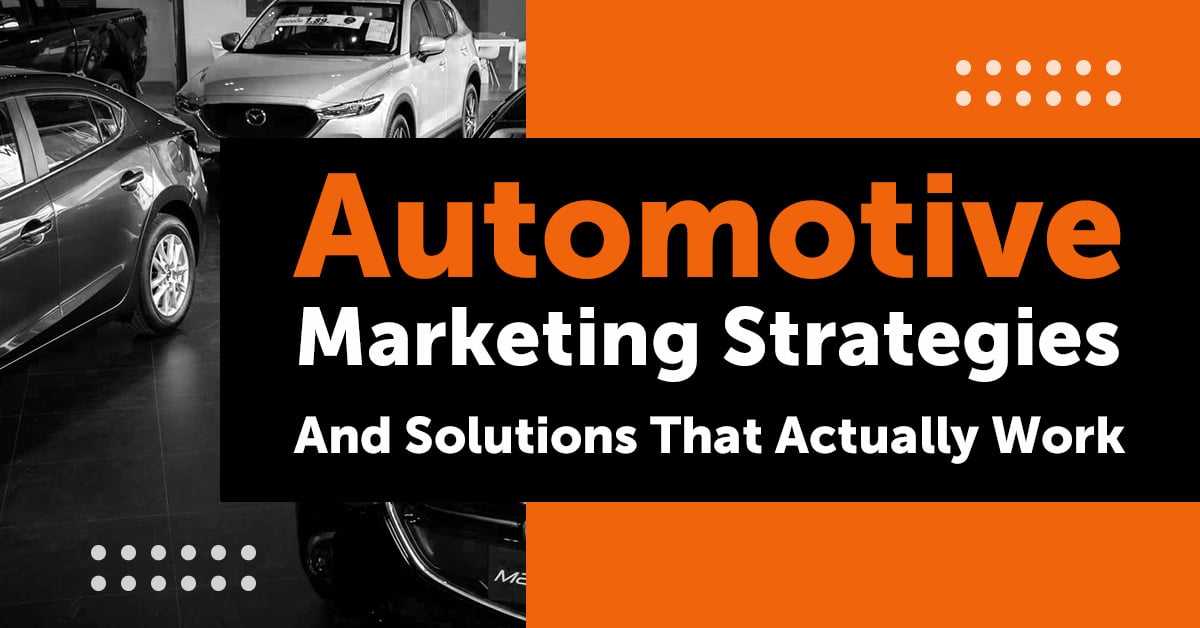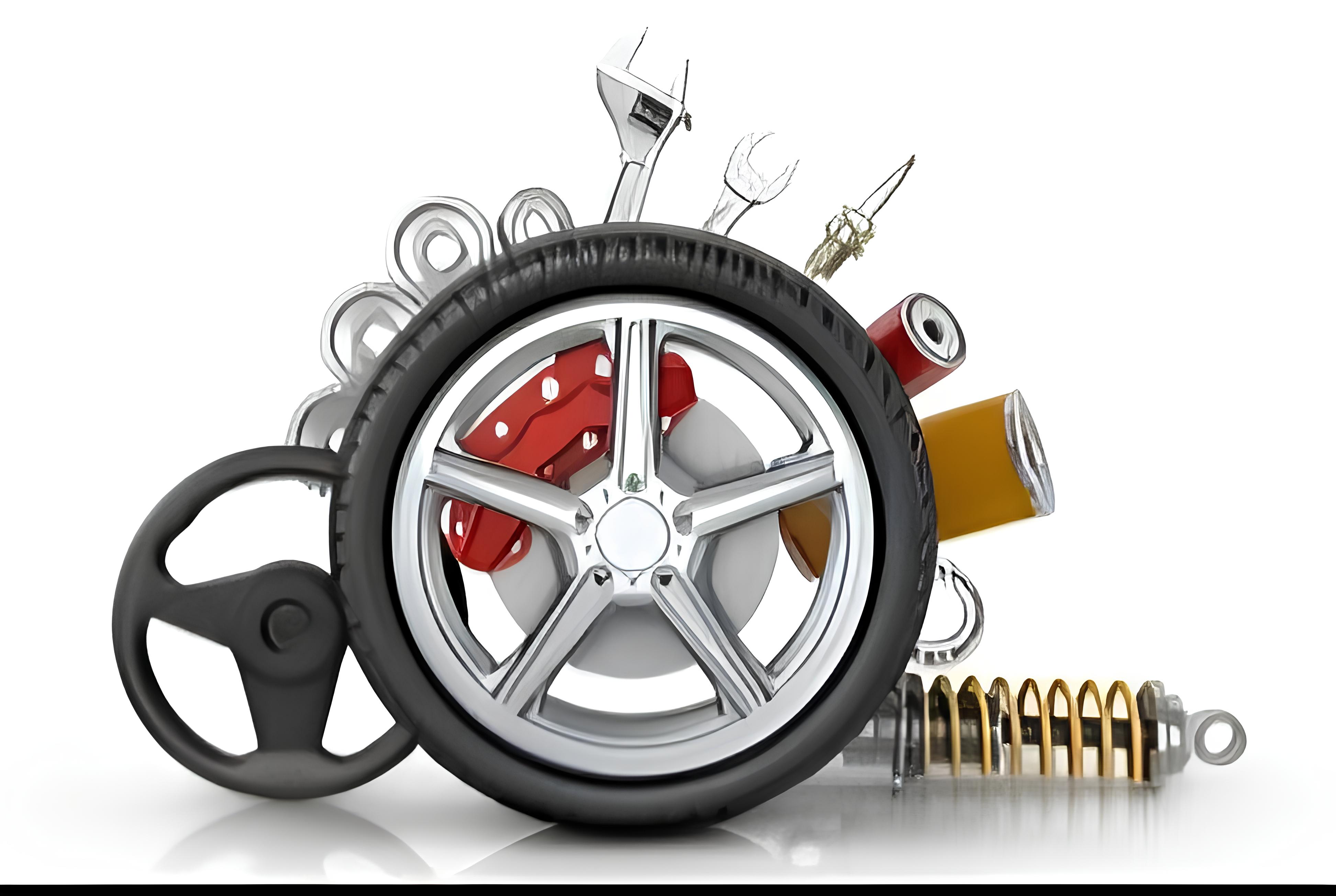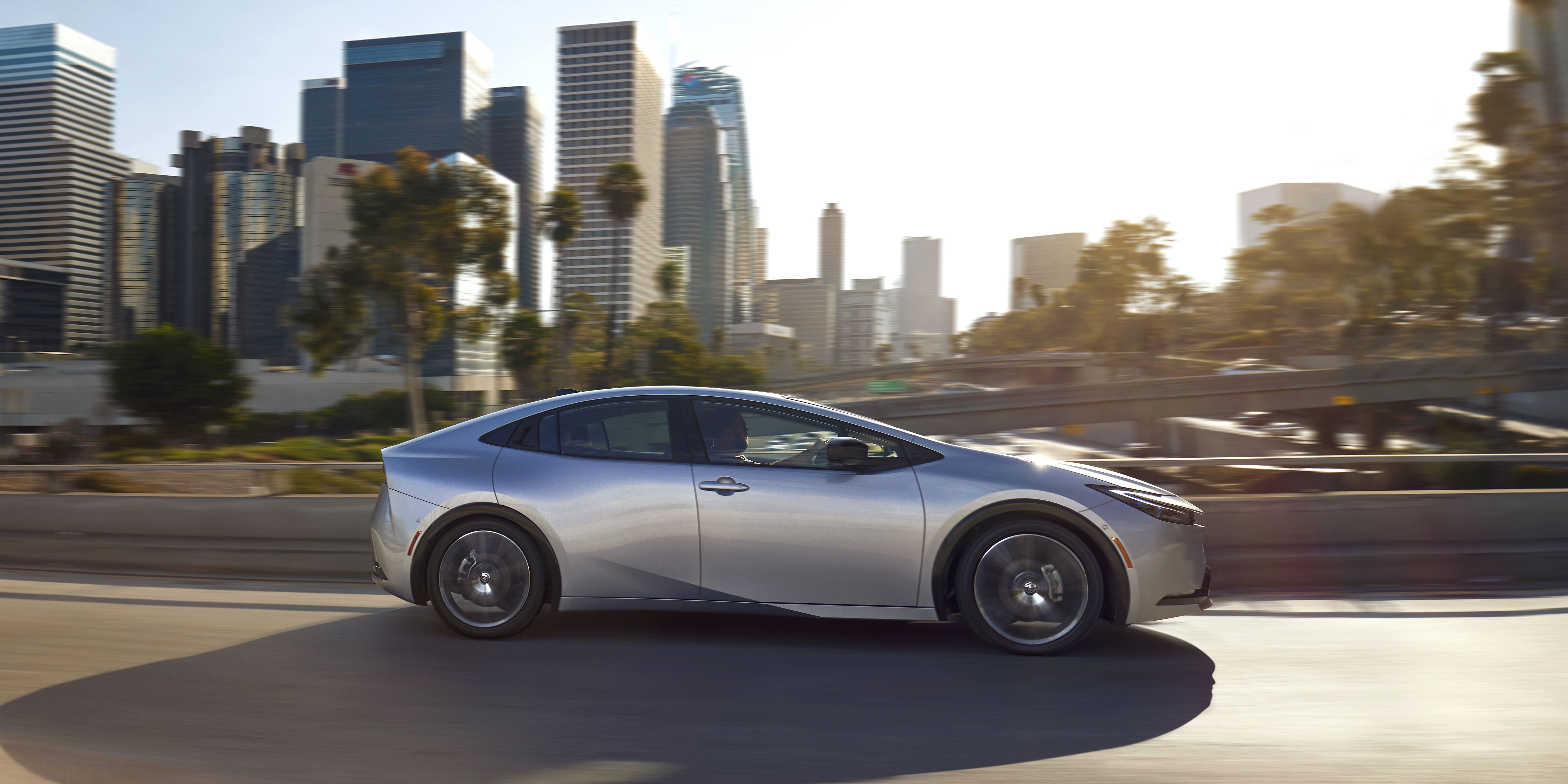Table of Contents
Toggle1. Leveraging Digital Marketing and Online Presence
The digital landscape is where the automotive industry is increasingly focusing its marketing efforts. With consumers doing more research online before making a purchase decision, establishing a strong digital presence is crucial for automotive brands.
Key Components:
- Social Media Marketing: Platforms like Facebook, Instagram, Twitter, and TikTok are essential for reaching a broad audience and engaging with customers in real time. Automakers can use social media to showcase their latest models, promote special offers, and interact with customers through polls, comments, and direct messages.
- Content Marketing: High-quality content that answers consumer questions, provides reviews, or offers informative guides on vehicle selection can help attract and retain customers. Brands can publish blog posts, videos, and infographics to educate potential buyers on vehicle features, benefits, and comparisons.
- Search Engine Optimization (SEO): Ensuring that your website ranks high on search engines for terms like “best electric car” or “affordable SUVs” is essential for organic traffic. Automotive brands should optimize their websites to enhance searchability and provide detailed, user-friendly information.
- Paid Advertising: Paid search ads (Google Ads), display ads, and social media ads allow automotive brands to target specific demographics based on interests, location, and search behaviors. These targeted ads help brands attract more qualified leads.
Why It Works:
- Increased Visibility: A strong online presence makes it easier for potential customers to find your brand when they are actively researching vehicles.
- Personalized Engagement: Digital platforms allow brands to engage with customers on a more personal level, creating targeted campaigns that resonate with specific consumer segments.
2. Experiential Marketing: Test Drives and Immersive Experiences
Experiential marketing is an effective strategy for the squeelee .com/ because it offers consumers a direct interaction with the product—something essential for car buyers. Test drives, immersive experiences, and events are a great way for brands to create memorable experiences that build emotional connections with potential customers.
Key Components:
- Test Drive Events: Offering test drives either at dealerships or through pop-up events allows customers to experience the vehicle first-hand. Hosting an exclusive test drive event for select customers can build excitement around new models.
- Pop-Up Showrooms: Temporary showrooms or branded experiences in high-traffic locations (such as shopping malls or outdoor festivals) can introduce customers to the brand in a non-traditional setting.
- Virtual Reality (VR) Experiences: Some automotive brands are using VR technology to allow potential buyers to take virtual test drives, view car interiors, or experience vehicles in different environments without leaving the dealership.
Why It Works:
- Hands-On Engagement: Test drives and immersive experiences give consumers a tactile connection to the vehicle, increasing the likelihood of purchase.
- Brand Perception: By offering a premium or unique experience, brands can differentiate themselves and enhance customer perception of their products.
3. Influencer Marketing and Partnerships
Influencer marketing has become a key strategy in the automotive industry, as people increasingly trust recommendations from influencers and content creators over traditional advertising. Brands collaborate with influencers in the automotive space or even lifestyle influencers who align with their target demographic.
Key Components:
- Automotive Influencers: Influencers who specialize in reviewing and testing cars can create engaging content that highlights a brand’s vehicles and features. Influencers on YouTube or Instagram can create detailed vehicle reviews, unboxing videos, and “first drive” impressions.
- Brand Ambassadors: Establishing long-term partnerships with well-known figures or celebrities who align with the brand’s values can help strengthen brand credibility and influence consumer decisions.
- Collaborations with Lifestyle Brands: Automotive brands can team up with other lifestyle companies to create cross-promotional content or limited-edition products that target shared customer segments.
Why It Works:
- Authenticity: Influencers provide a sense of authenticity, as their followers trust their opinions and views.
- Wider Reach: Influencers offer brands access to larger, highly engaged audiences, often across multiple platforms.
4. Customer Loyalty Programs and After-Sales Services
Building a long-term relationship with customers is just as important as attracting new ones. A customer loyalty program and strong after-sales services can keep customers returning for vehicle purchases, servicing, and even referrals.
Key Components:
- Reward Programs: Offering loyalty points or discounts on future purchases, services, or accessories can incentivize repeat business.
- Referral Bonuses: Encouraging existing customers to refer friends and family through reward incentives, such as cash bonuses or service discounts, helps expand your customer base.
- Service and Maintenance Plans: Providing maintenance packages or special discounts on services can make customers feel valued long after the sale, increasing their likelihood of returning for their next vehicle purchase.
Why It Works:
- Customer Retention: It’s more cost-effective to retain existing customers than to constantly acquire new ones. Loyalty programs can significantly enhance customer retention.
- Word-of-Mouth Marketing: Referral programs tap into the power of word-of-mouth, one of the most effective forms of marketing.
5. Sustainability Marketing and Eco-Friendly Messaging
As consumers become more environmentally conscious, marketing strategies focusing on sustainability and eco-friendliness have become increasingly important. Automotive companies that offer electric vehicles (EVs), hybrid cars, or vehicles with low emissions can position themselves as leaders in the green revolution.
Key Components:
- Emphasizing Green Features: Highlighting the eco-friendly aspects of a vehicle, such as low emissions, fuel efficiency, and the use of sustainable materials, can appeal to environmentally conscious consumers.
- Corporate Social Responsibility (CSR): Promoting efforts to reduce a brand’s carbon footprint, support renewable energy initiatives, or contribute to sustainability can resonate with eco-aware customers.
- Electric Vehicle (EV) Promotion: As the demand for EVs continues to rise, brands can highlight their commitment to producing cleaner and more sustainable vehicles.
Why It Works:
- Consumer Demand: More consumers are choosing brands that align with their environmental values.
- Differentiation: Emphasizing eco-friendly initiatives and offering greener vehicles sets a brand apart in an increasingly competitive market.
6. Personalization and Customization
Consumers today expect personalized experiences, and automotive brands are responding by offering more customization options in both product offerings and marketing messages.
Key Components:
- Vehicle Configurators: Allowing customers to design their own vehicles online using interactive tools helps them visualize the exact car they want. Brands can offer various customization options such as colors, trims, interior designs, and technology packages.
- Targeted Ads and Messages: Using data-driven marketing, brands can tailor ads and messages based on the customer’s previous interactions with the brand, preferences, or browsing behavior.
- After-Sale Personalization: Once a customer purchases a car, providing personalized recommendations for accessories, services, and upgrades can enhance their experience.
Why It Works:
- Enhanced Customer Experience: Personalization makes customers feel valued and understood, which can improve satisfaction and loyalty.
- Increased Sales: Customization and personalization encourage buyers to choose additional features or services, boosting revenue.
7. Strategic Partnerships and Sponsorships
Automotive brands can benefit from collaborating with other brands, events, or initiatives that align with their target audience. Strategic partnerships and sponsorships can extend brand visibility and credibility.
Key Components:
- Sponsorships of Events: Partnering with major events, such as motorsports, fashion shows, or music festivals, allows brands to connect with large audiences in exciting and unique ways.
- Collaborations with Tech or Lifestyle Brands: Co-branding opportunities with technology firms or high-end lifestyle brands can attract a new demographic of consumers.
Why It Works:
- Wider Audience Reach: Strategic partnerships provide access to a broader or more targeted audience.
- Association with Quality: Aligning with other premium brands can enhance the perceived value and image of an automotive brand.
Conclusion
Effective automotive marketing strategies are crucial for brands looking to thrive in an increasingly competitive industry. By embracing digital marketing, enhancing the customer experience, and promoting sustainable practices, automotive companies can build strong connections with consumers and drive long-term success. Whether through innovative advertising, personalized services, or exciting experiential events, the future of automotive marketing lies in understanding and meeting the evolving needs and expectations of today’s consumers.



